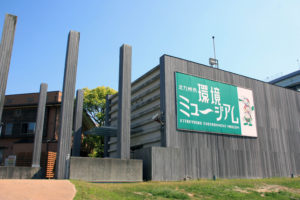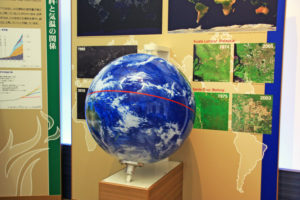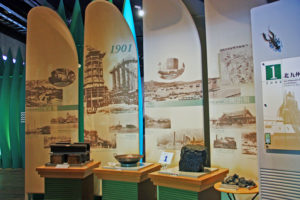Solid Waste management & Recycling technologies in Kitakyushu
Historically, waste management systems focused on collection and disposal waste to protect
the health of city inhabitants and to improve the aesthetic appearance of territories. 19th century,
as cities grew and industrialized, more waste was produced and its composition changed dramatically.
Environmental protection and conservation started to receive increasing attention, and by the 20th
century waste was increasingly viewed also as a resource to recover materials and energy.
In the more economically developed countries, waste management gradually evolved from a focus
on disposal to a focus on prevention, recycling, and recovery.
Now, Japan is a global leader in the development and application of environmental policy in the
waste sector and Kitakyushu-city is the advanced city of solid waste management in Japan.
Solid waste management in Kitakyushu-city
Comprehensive solid waste management system can be learned from waste collecting procedure
at household to the final stage of waste treatment such as incineration, landfill and recycling.
Visitor Center
Eco Project information center that supports the Eco-town. It introduces initiatives and activities
implemented in Eco-town to encourage people to proactively used the facility for such activities
as environmental study sessions and interaction amongst visitors.
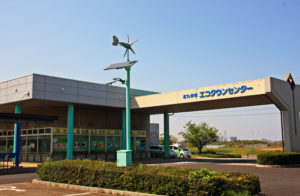 |
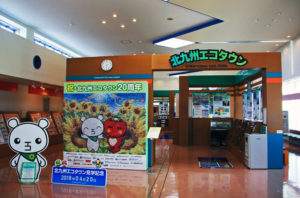 |
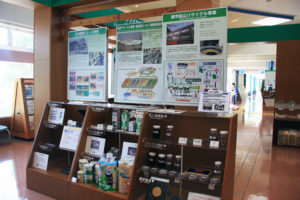 |
The museum has Environmental learning function, Environmental information function and
Environmental activity function. The Environmental improvement history of Kitakyushu, Global
warming and other various environmental issues can be learned.
Waste Collecting and separating facilities
・Hiagari can and bottle recycling Center
・Honjo can and bottle recycling Center
・Hiagari bulky garbage recycling Center
Recycling facilities
Plastic PET Bottle recycling / Nishi-Nippon PET Recycling
PET (polyethylene terephthalate) bottles are sorted by municipalities and recycled into pellets
and flakes, which can be used as raw materials for polyester fibers and egg cartons.
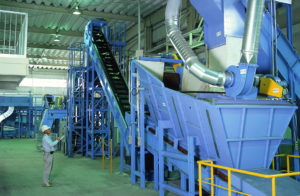 |
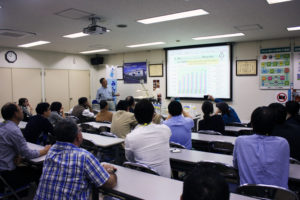 |
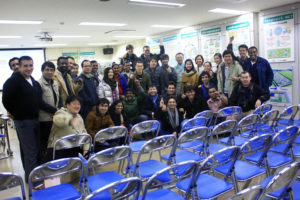 |
Waste paper recycling / Kyushu Seishi
Refined waste papers is recycled into toilet papers. Sludge generated during the toilet paper production
process is used to produce a foaming inhibitor used by steel works.
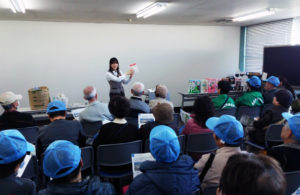 |
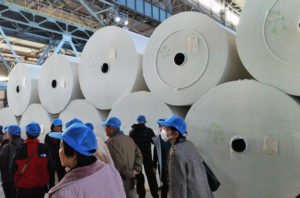 |
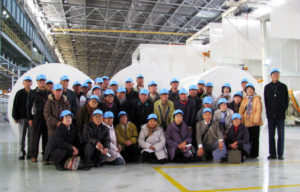 |
Other facilities
・Plastic material recycling
・Office equipment recycling
・Automobile recycling
・Home Appliance recycling
・Fluorescent tube recycling
・Medical instrument recycling
・Mixed construction waste recycling
・Comprehensive nonferrous metal recycling
・PCB-polluted soil purification project
・Cooking oil recycling
・Can recycling
Final treatment facilities
Melting Furnace / Sin-Moji Plant
The collected waste including metals is melted at over 1,700 degree Celsius in the Melting Furnace
and then the melted slag and metals are discharged. The slag is used as raw materials for pavement
and bricks and the metals are re-used for other steel products. The process and technology of the
Melting Furnace can be learned.
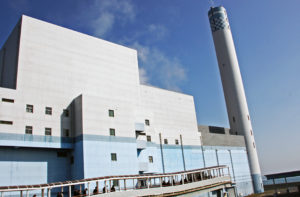 |
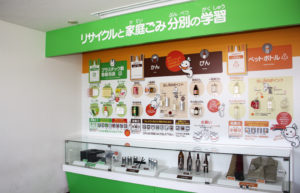 |
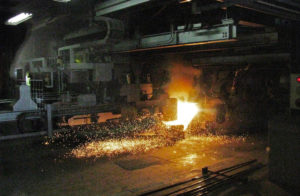 |
Other facilities
・Kogasaki Incineration Furnace
・Hibikinada Landfill area
Other facilities related to Recycling and Waste management
World’s first hydrogen station for vehicle to utilize the wastewater treated in the Fukuoka Chubu
Sewage Treatment Center. The process has been developed as a result of the verification testing
of technology for hydrogen creation sourced from wastewater biogas.
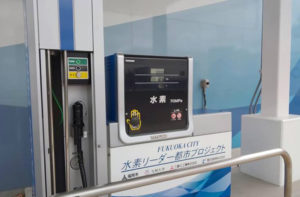 |
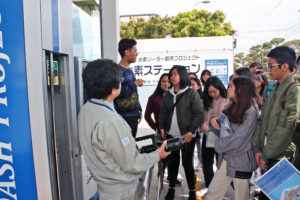 |
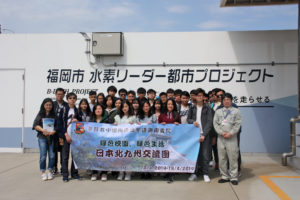 |
The biomass recycling facility that started operations in November 2006.It takes kitchen waste
from the town’s households and restaurants, along with septic tank sludge and raw sewage,
and uses a methane fermentation process to turn it into a biomass that can be used for power
generation. After the fermentation, the digestive fluids are used as liquid fertilizer. Furthermore,
Oki Town was the second in the country to make a zero-waste declaration, which it officially
announced in March 2008 with its Oki Town Mottainai Declaration.
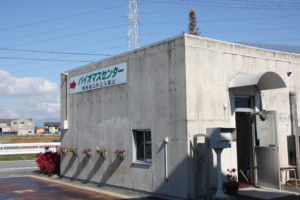 |
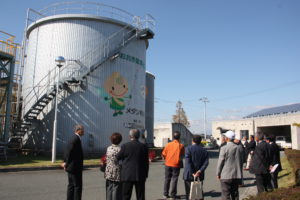 |
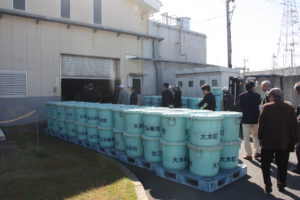 |
Hiagari Sewage water treatment plant
The sewage come through the sewer pipe is purified in the plant and flow into the sea. There is an
also new technology plant which the electricity is generated using the sludge from sewage. At the
Visitor Center established in 2015, sewage treatment process and technologies can be learned.
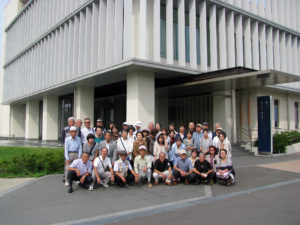 |
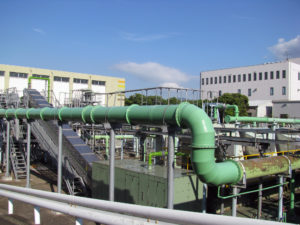 |
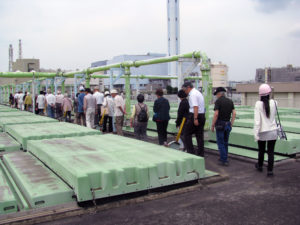 |
The Plant making fresh water from sea water and sewage water established in 2011.
The desalination process and technology can be leared.
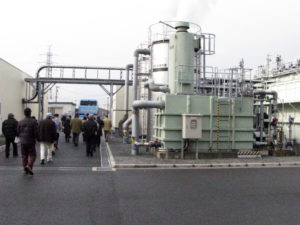 |
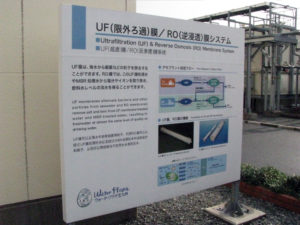 |
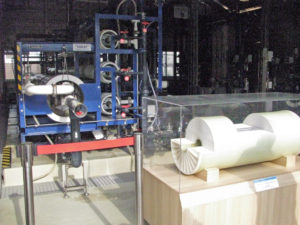 |
Nippon Steel / Yawata Works
Japan’s first modern steel making company established in Kitakyushu in 1901. Now, becoming
the best steel maker with World-leading capabiities. Process of steel making can be learned to
visit Blast Furnace and Hot rolling mill plants.
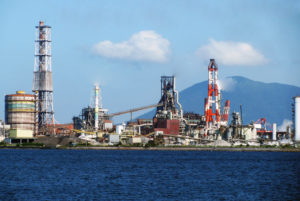 |
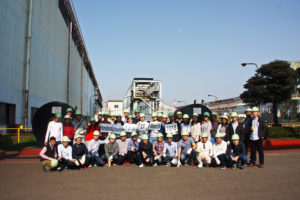 |
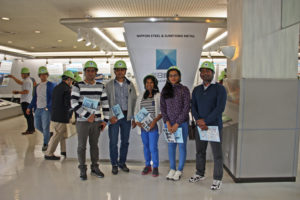 |
Japan’s largest Biotope, the Pradise of creatures made over the year in the waste disposal site.
237 kind of birds including circus spinouts listed on the Japan’s endangered species and 284 kind
of vegetation have been confirmed in the Biotope of 41 hectares.
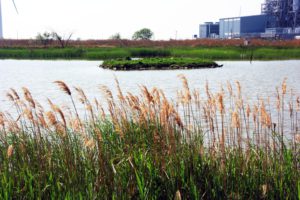 |
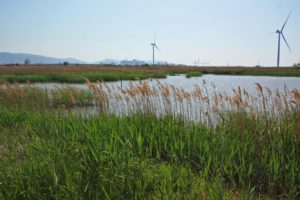 |
 |
Your equiry can be sent by selecting the Enquiry Form link below.
You can also contact us by e-mail at info@japan-kyushu-tourist.com
Tel : +81-93-521-8897 , Fax : +81-93-521-8898
Address : AIM buiding 6th floor, 3-8-1 Asano, Kokura-kitaku, Kitakyushu-city, Fukuoka-prefecture

